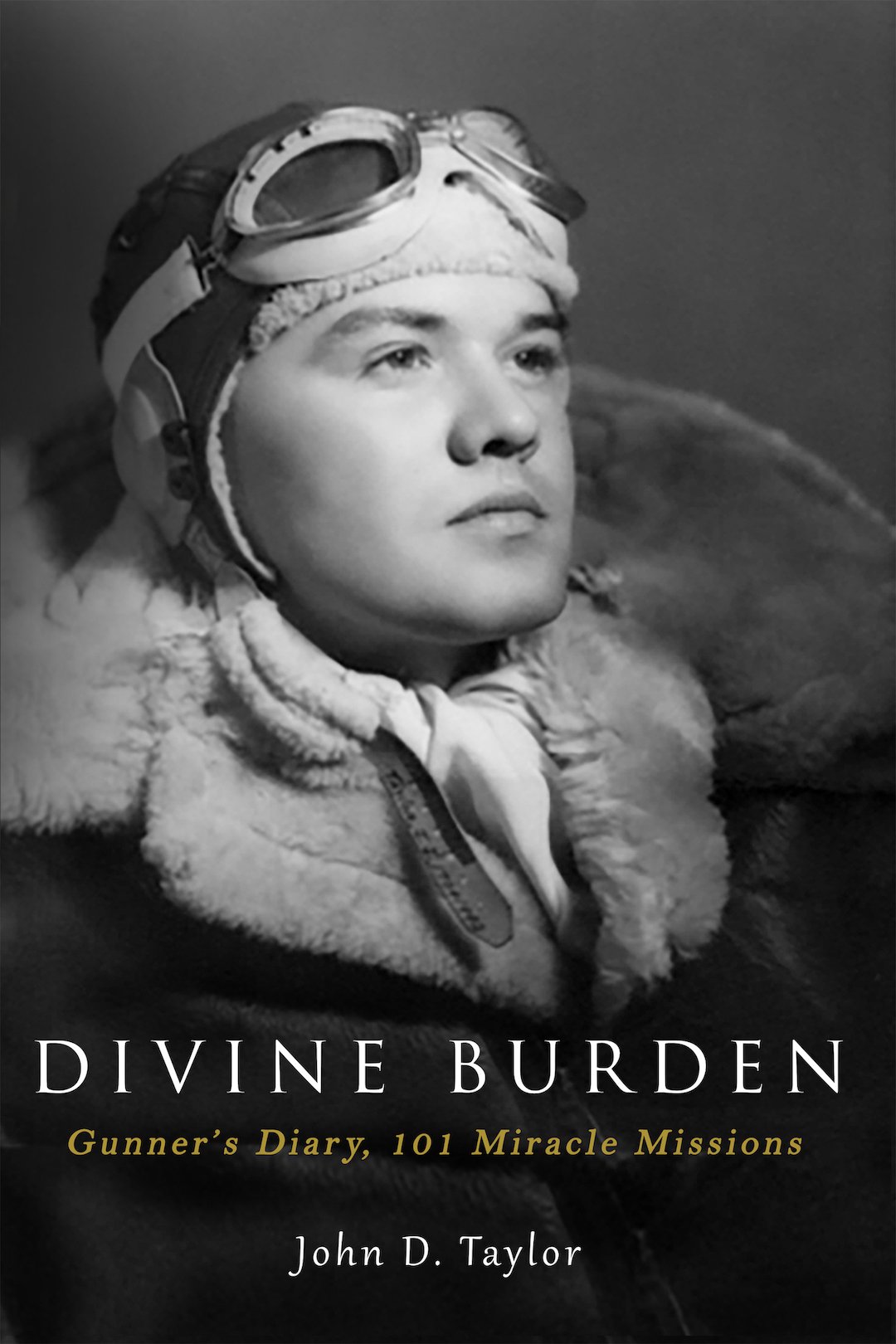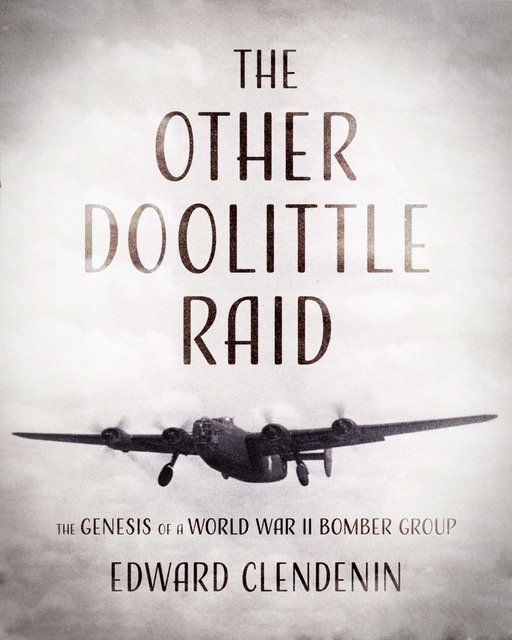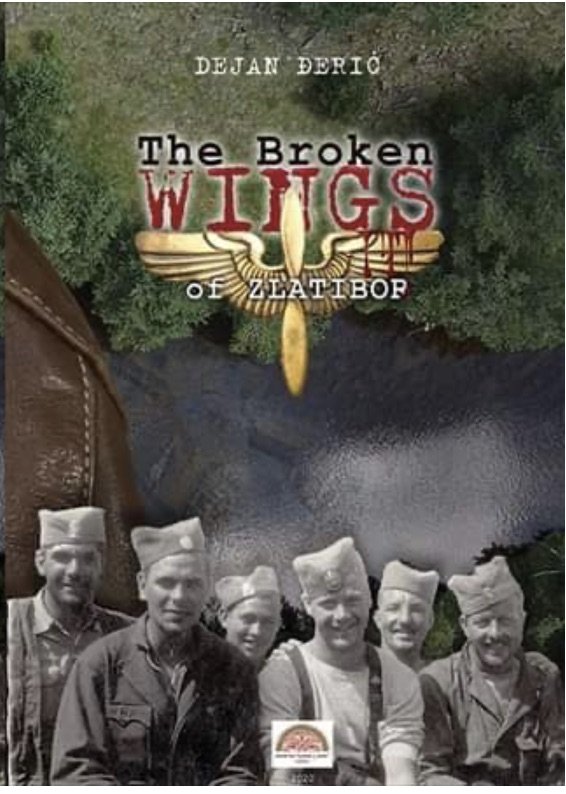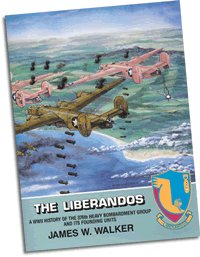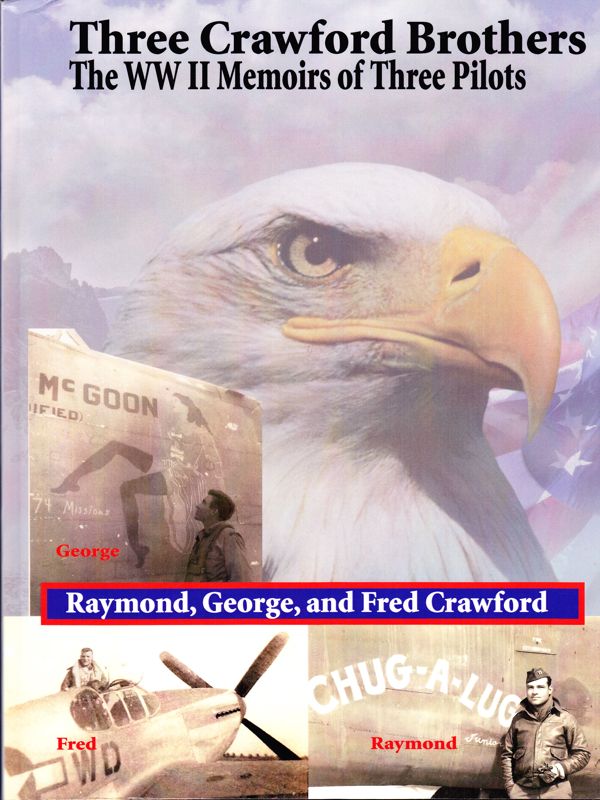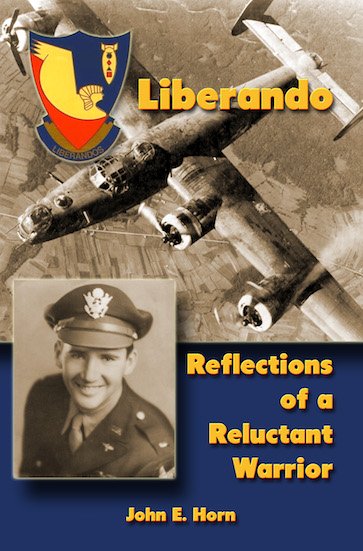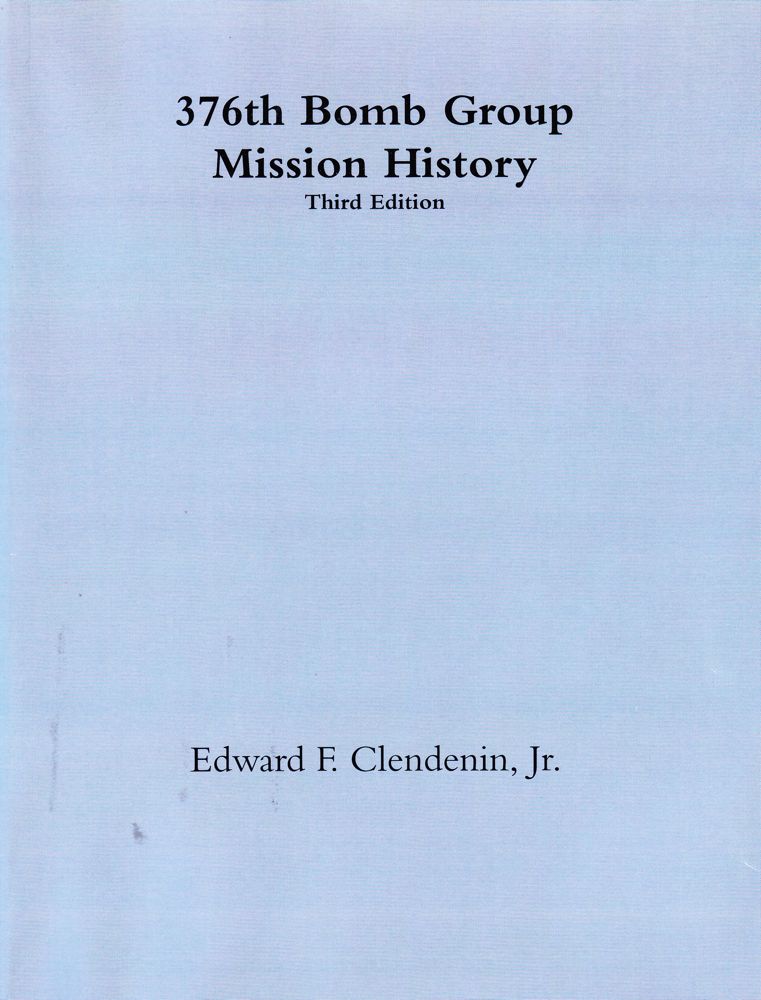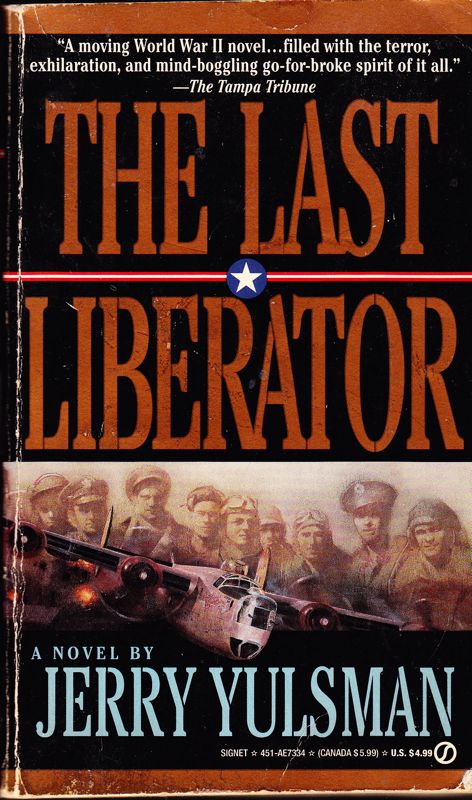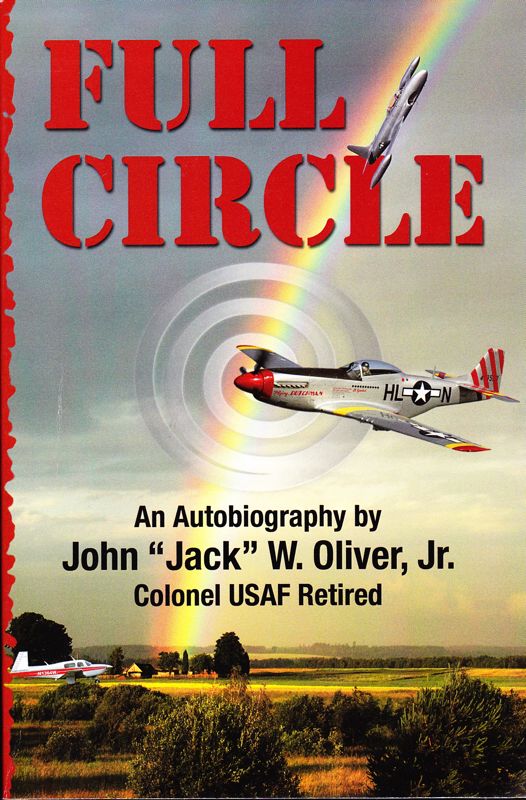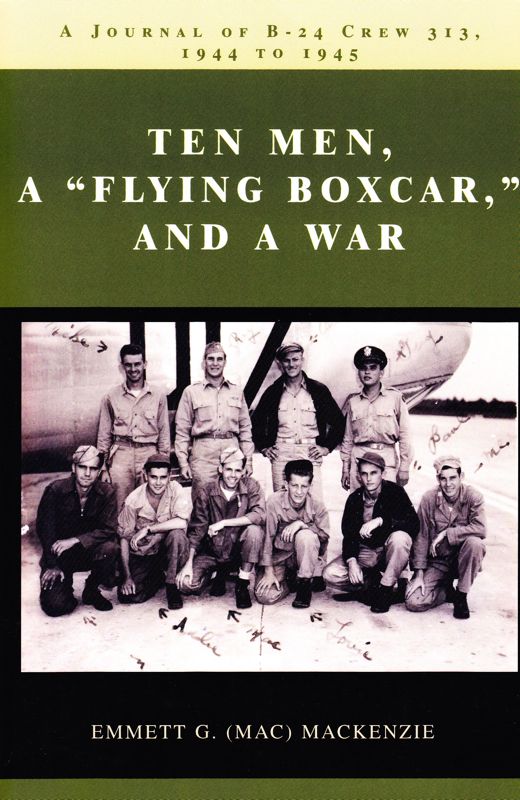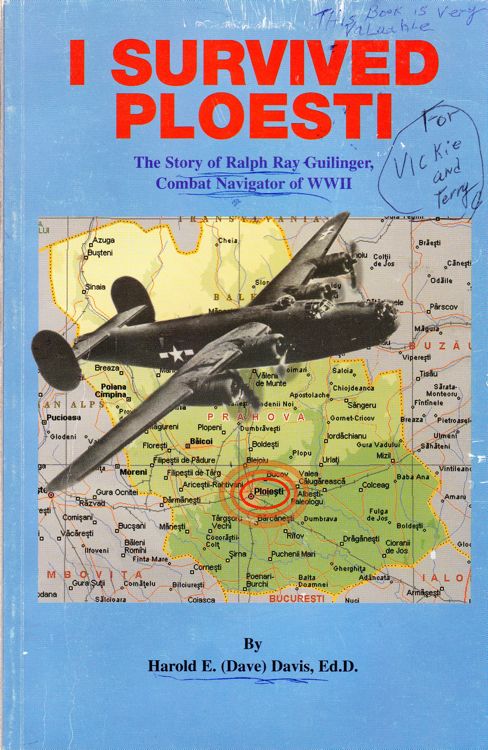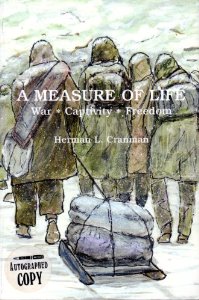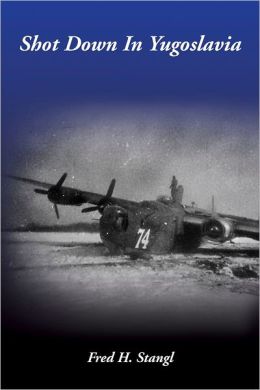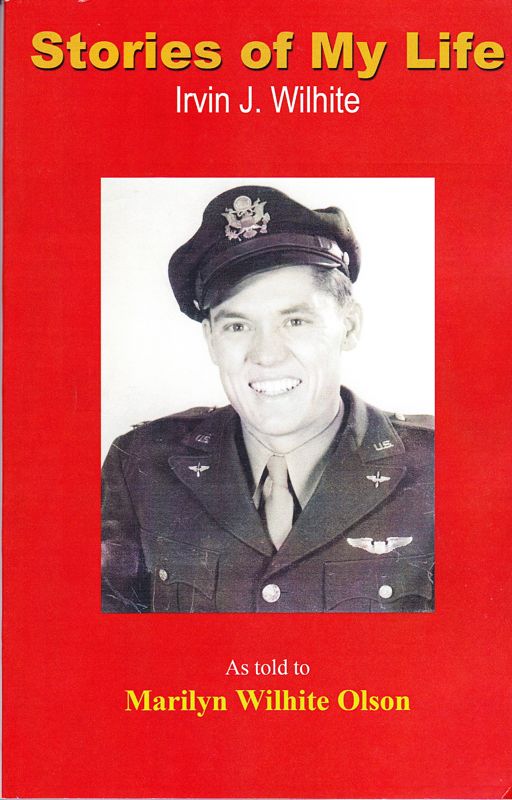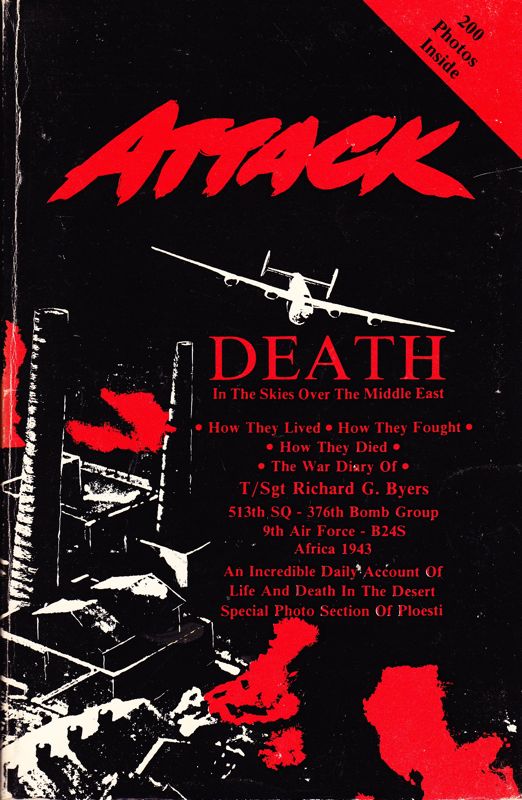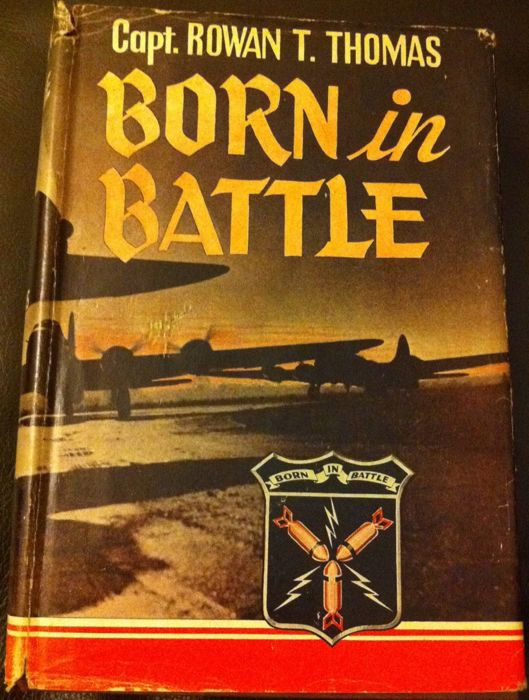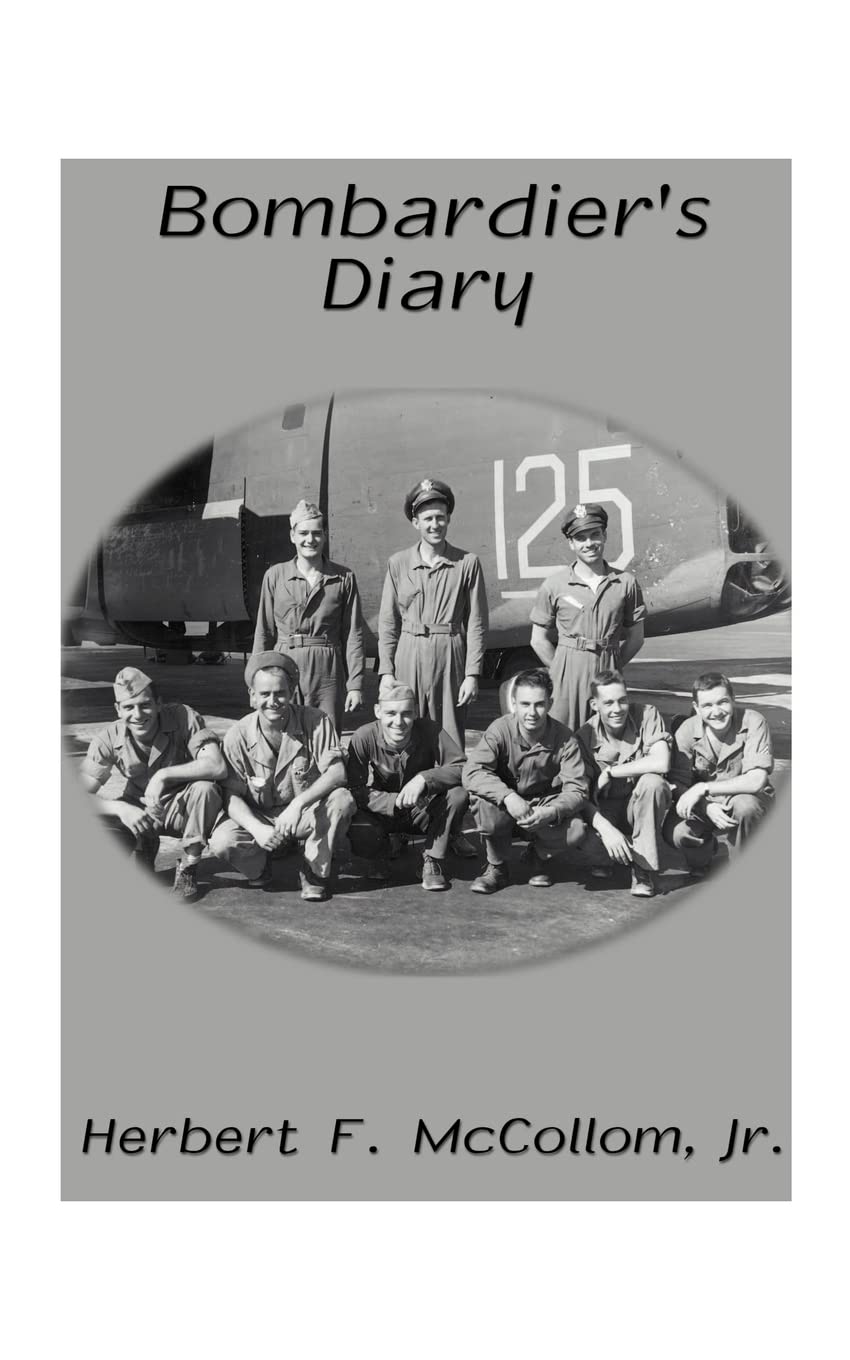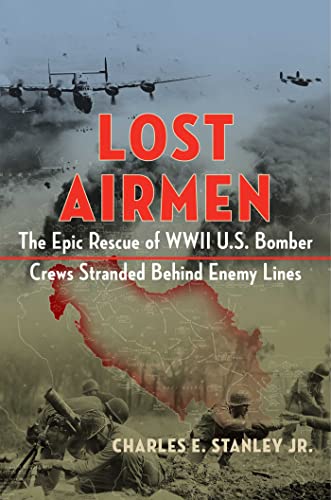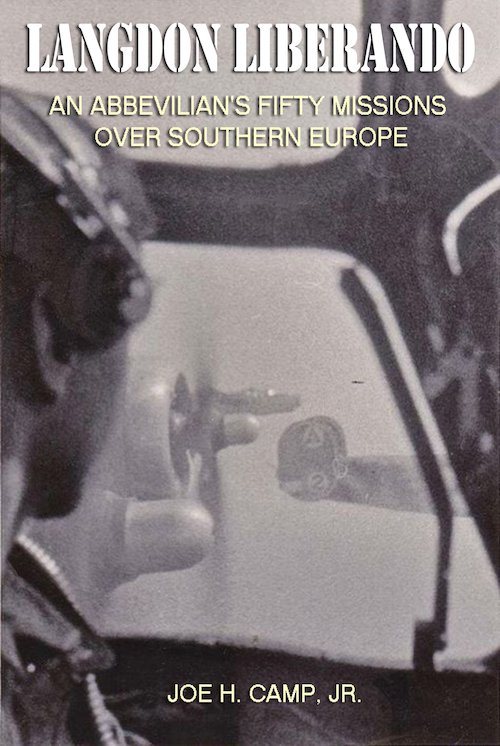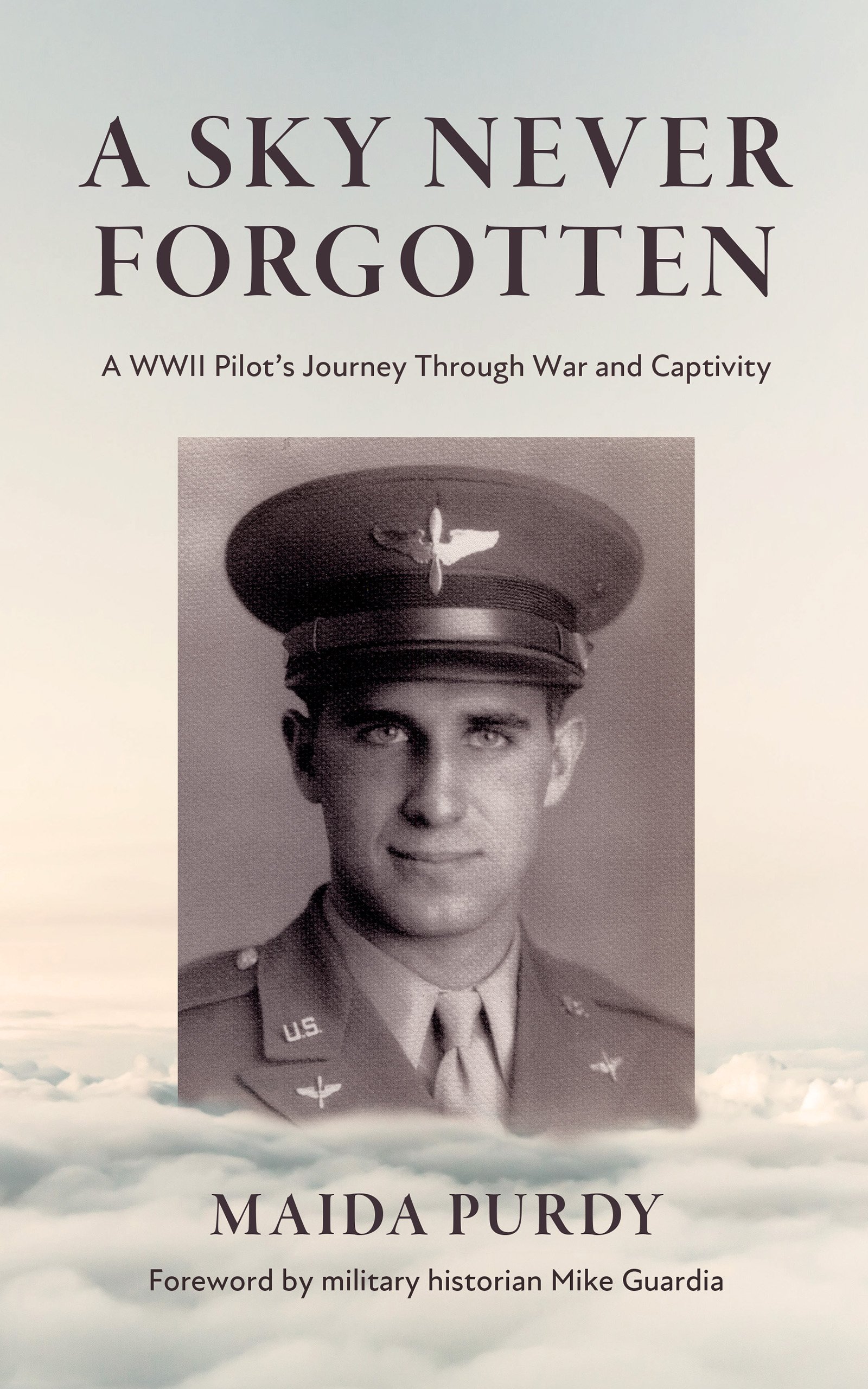Kermit Pete (Pete) Hansen's diary part 3
August 16, 1943
On August 16, 1943, on Pete’s last mission, his airplane was shot down after bombing an air base near Foggia, Italy, on the Adriatic Coast. Engines 1 and 2 on the B-24 were hit by anti-aircraft fire and were on fire. Don Hurd, the pilot called to the crew to prepare to bail out.
The crewmen in the rear of the aircraft bailed out first. Five minutes later Pete and Jack Reiter attempted to bail out from the nose of the aircraft but Pete’s foot was caught in the nose wheel door. Jack kicked Pete out and then bailed out after him. As a result, Pete sustained an injury to his ankle.
On the ground Pete met his pilot Don Hurd and they were free for about 2 1⁄2 hours. During this time, they took off their dog tags and buried them. This was a dangerous mistake because these dog tags were their only identification and, without them, they could have been considered spies. The Germans were firing at them, but the bullets went over their heads as they were lying in the underbrush.
Pete and Don were captured by the Italians, turned over to the Germans, turned back to the Italians, and turned back to the Germans again. Pete was transported on the top of an armored car with a German guard to an apartment where he was locked in a room. On the way, a small child ran into the street in front of the car. They did not stop – just rolled right over him, right in front of his mother.
At the apartment, Pete could talk to some Italians. Even though the Italians were allies of the Germans, they were treated poorly. The Italians hated the Germans.
Eight of the crew members were at this apartment. Three were injured: Pete’s ankle, and Jack and Art Johnson both had broken pelvic bones. They were put in a hospital in Foggia and the rest of the crew was sent to a prisoner of war camp.
After three or four days in the hospital, the Germans moved Pete to solitary confinement in a building outside of Foggia. He was put in a room 7 feet by 12 feet that had a small barred window and a heavy door with a slit. His only companions were fleas. He was fed a piece of black bread served with some type of coffee once per day. He persuaded his guards to let him out of his cell where he read the German newspaper, rather looked at the pictures because it was printed in German. Along came the German captain and put Pete back in solitary.
A few days later, in the middle of the night, Pete was put into a German touring car with two Germans in the front and Pete between two Germans in the rear. He was taken to Foggia. When they arrived in Foggia, Pete was turned over to a guard named Shultz, and they were handcuffedtogether. They were en route to Frankfort am Main via Rome and through the Brenner Pass. While in Rome, Pete asked to see the Coliseum and Shultz took him there.
Pete was put on a train bound for an interrogation facility for prisoners of war in Frankfort. His guard took him to a car behind to see a Prussian officer. This officer had a scar on his cheek signifying bravery from fighting a dual. This “brave” Prussian officer spit on Pete. He was then handcuffed to an outside rail separating two railroad cars. Pete was wearing light clothing and the weather was very cold.
At the facility in Frankfort, Pete met his pilot, Don Hurd, and his co-pilot for this raid, James Carlisle (Snuffy) Smith. Pete was put in solitary again and was interrogated by the Gestapo or SS troupes. The interrogator wore civilian clothes but wore an army jacket with insignia. He might have been a captain. He had a lot of intelligence information about the missions that were flown, the training of the crew, and the fact that Pete’s was one of the first crews near completion of tour of active duty. He had a book that had pictures of Pete’s bombardier graduating class of 1942 from Roswell, New Mexico. It was not known just how much information the Germans had or how much they were guessing. Pete only answered vaguely questions that were asked of him, and never confirmed any of their information. He gave his name, rank, and serial number, as provided for in the Geneva Convention.
Along with other prisoners of war, Pete was sent by train to a POW camp in Germany (now Poland ), 90 miles southeast of Berlin. This camp, Stalag Luft III, housed 10,000 officers, all airmen. Pete met Snuffy Smith and Don Hurd at the camp, and the three of them were put in a barracks with Ken Allen, Charlie Hachett, Ambrose Riley, Squirt Miller, and Ralph (Speed) Goss. The barracks consisted of one large room furnished with bunk beds with wooden slats and straw mattresses. There were ten combines of eight men living in each barracks. The lavatories were outside.
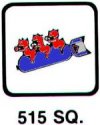
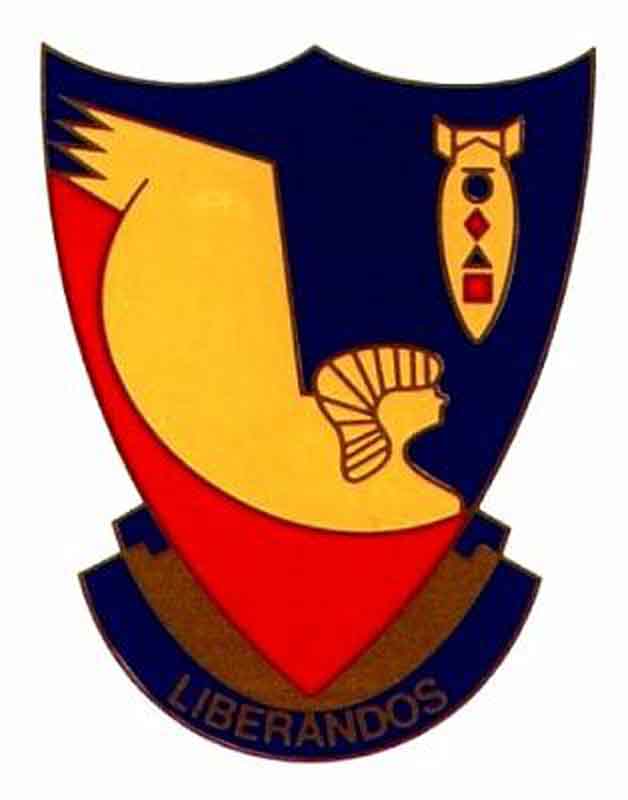
The website 376bg.org is NOT our site nor is it our endowment fund.
At the 2017 reunion, the board approved the donation of our archives to the Briscoe Center for American History, located on the University of Texas - Austin campus.
Also, the board approved a $5,000 donation to add to Ed Clendenin's $20,000 donation in the memory of his father. Together, these funds begin an endowment for the preservation of the 376 archives.
Donate directly to the 376 Endowment
To read about other endowment donation options, click here.
Reunion
NOTE change in the schedule !!
DATES: Sep 25-28, 2025
CITY:Rapid City, SD
HOTEL: Best Western Ramkota Conference Hotel; 2111 North LaCrosse St., Rapid City, SD 57702; 605-343-8500
Click here to read about the reunion details.
